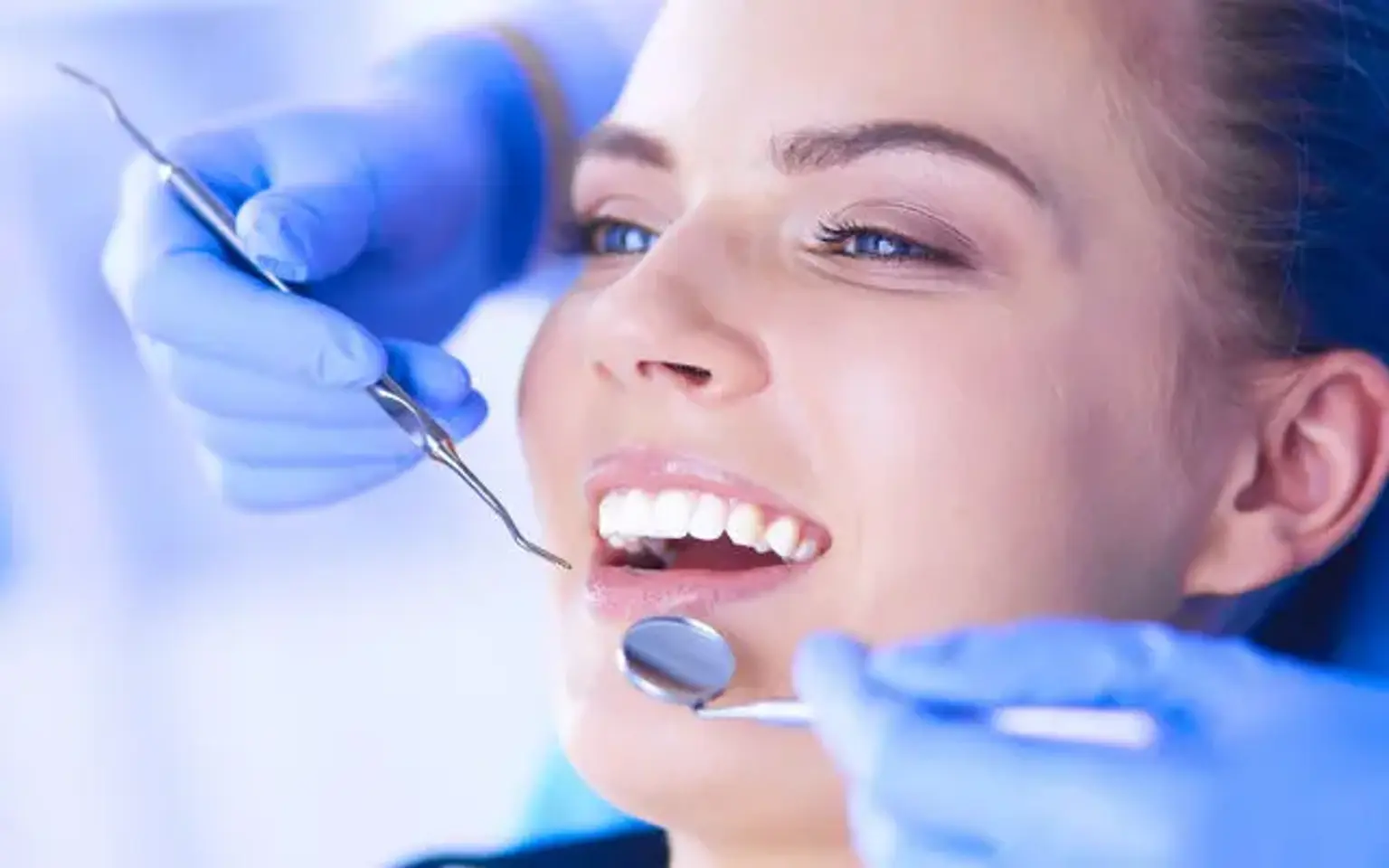Overview
Maintaining good dental or oral health is not just about appearance. It also translates to a person’s overall wellbeing. However, dental issues, including cavity and gum disorders, can affect speaking and eating habits. It can also cause severe pain, bad breath, and other health issues such as diabetes, arthritis, or heart conditions.
Thus, dentistry is a special medical science specialty that can help you with dental or oral concerns and health. It also helps prevent dental issues from causing the diminished quality of life and posing various health risks and complications.
